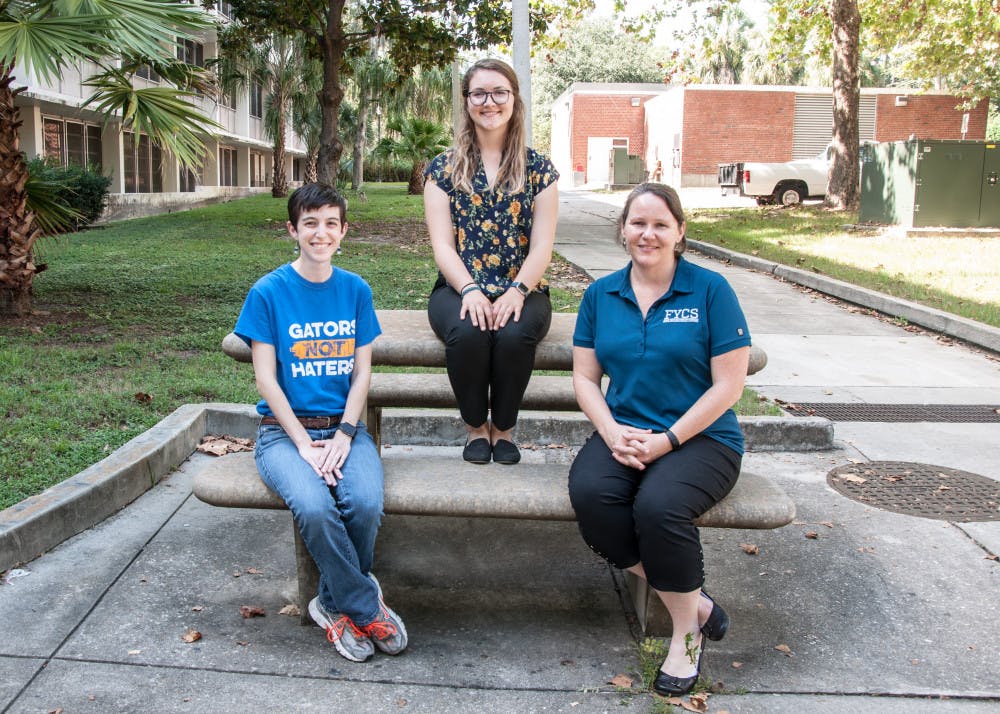On average, students make up over half of Gainesville’s volunteer population, and a recent UF study emphasized the importance of students for the local volunteer workforce.
The study was conducted by Jennifer Jones, a UF assistant professor of nonprofit leadership, Elaine Giles, assistant director of UF’s Brown Center for Leadership and Service and Emily Carroll, a former UF student. The study surveyed 55 Gainesville nonprofit leaders to find out what their experiences with student volunteers were like, Jones said.
“Are [students] just this wonderful lifeblood of energy flowing into these organizations? Are there too many students?” Jones said. “Or are the students going to perhaps some organizations, but not to other organizations?”
Although the organizations enjoyed and were often dependent on student volunteers, students also presented challenges for the organization, Jones said.
For instance, transportation and timing. Students tend to volunteer closer to campus, but there are organizations farther away that need assistance, Jones said.
As for timing, students tend to volunteer semester-round instead of year-round, which is what nonprofits need. However, organizations are dependent on students because they usually make up over half of the pool of volunteers, Jones said.
The study also found ways for the community to be more proactive when it comes to volunteering. On the nonprofit side, there needs to be more focus on actively managing volunteers.
The organizations need to have a revenue greater than $50,000 a year to maintain a staff to manage volunteers, she said. However, only 400 of 1,200 nonprofits in Alachua County have this revenue.
In addition, only eight percent of the organizations surveyed had full-time, paid staff who manage volunteers. Also, fewer than half of nonprofit leaders said their organizations annually measure the impact of their volunteers, Jones said.
There are steps students can take to make their impact more powerful.
For example, a student can choose one organization they have a passion for instead of working for multiple. This will decrease volunteer management costs for the organizations, Jones said.
Carrol said, the research she took part in opened her eyes to the impact her actions have.
“When you go and volunteer you think you're doing a good thing, no matter what,” said 22-year-old Carroll, who graduated with a bachelor’s degree in biology in May. “You're not thinking about the resources the nonprofits are putting into training you and how much they're relying on you.”
There are also ways the university can help — according to the study, 72 percent of the nonprofit leaders said the university should offer opportunities to present to campus departments or student organizations.
The university needs to do a better job of talking to community partners about their needs, Giles said.
Jones said this research can be used to help students think about volunteering from a nonprofits’ perspective.
“It's really important to recognize that this is a mutual relationship,” Jones said. “To talk to the organization and figure out what they need, when they need it, how they need it, what kinds of skills they need and then try to make a good fit.”






